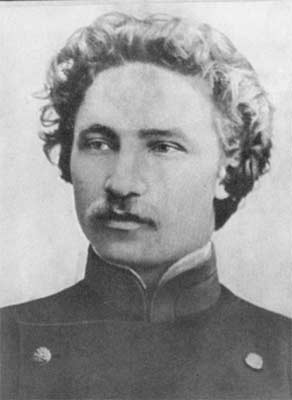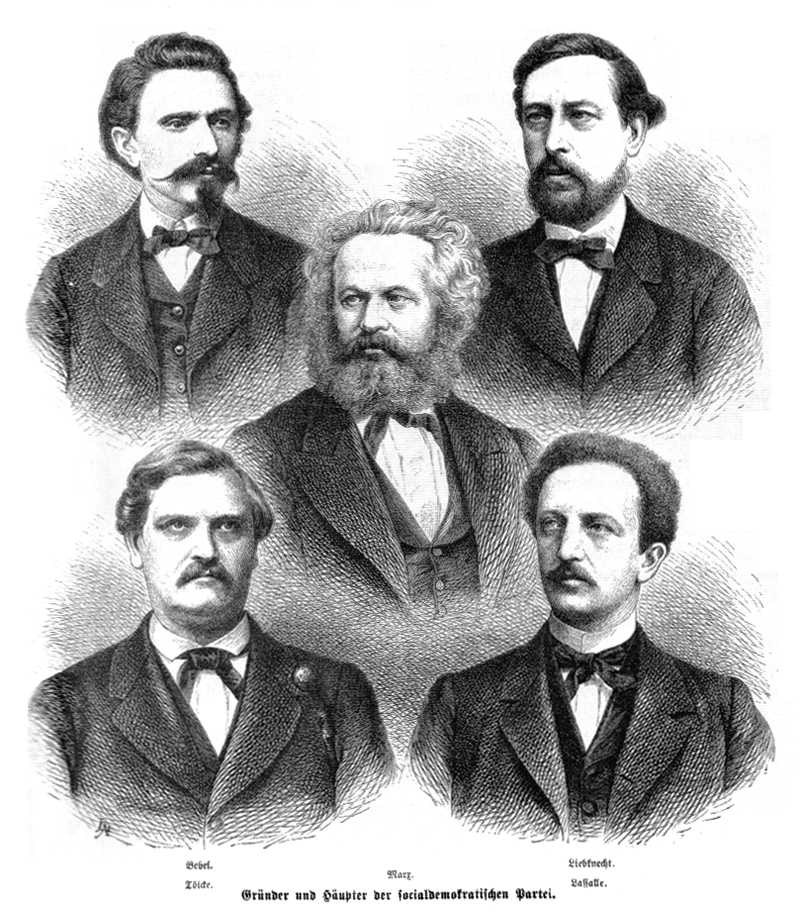|
Red Sports International
The International Association of Red Sports and Gymnastics Associations, commonly known as Red Sport International (RSI) or Sportintern was a Comintern-supported international sports organization established in July 1921. The RSI was established in an effort to form a rival organization to already existing "bourgeois" and social democratic international sporting groups. The RSI was part of a physical culture movement in Soviet Russia linked to the physical training of young people prior to their enlistment in the military. The RSI held 3 summer games and 1 winter games called "Spartakiad" in competition with the Olympic games of the International Olympic Committee before being dissolved in 1937. Organizational history Background The notion of a separate working class national athletic federation emerged first in Germany during the decade of the 1890s, when a Workers Gymnastics Association was established by activists in the socialist movement in opposition to the nationalist ... [...More Info...] [...Related Items...] OR: [Wikipedia] [Google] [Baidu] |
Spartakiade
The Spartakiad (or Spartakiade) was an international sports event that was sponsored by the Soviet Union. Five international Spartakiades were held from 1928 to 1937. Later Spartakiads were organized as national sport events of the Eastern Bloc countries. The games were organised by Red Sport International. Background The Soviet Union attempted to use Spartakiads to both oppose and supplement the Olympics. (In Russian, there is a certain parallelism in the names: "Spartakiada" and "Olimpiada".) The name, derived from the name of the slave rebel leader, Spartacus,Great Soviet Encyclopedia, 3rd edition, volume 24 (part 1), p. 286, Moscow, Sovetskaya Entsiklopediya publisher, 1976 was intended to symbolize proletarian internationalism. As a classical figure, Spartacus also stood directly in contrast to the aristocratic nature of the Ancient Olympic Games on which the modern "capitalist" Olympics were based. The first Winter Spartakiad was held in February 1928 in Oslo, and the ... [...More Info...] [...Related Items...] OR: [Wikipedia] [Google] [Baidu] |
Social Democracy
Social democracy is a political, social, and economic philosophy within socialism that supports political and economic democracy. As a policy regime, it is described by academics as advocating economic and social interventions to promote social justice within the framework of a liberal-democratic polity and a capitalist-oriented mixed economy. The protocols and norms used to accomplish this involve a commitment to representative and participatory democracy, measures for income redistribution, regulation of the economy in the general interest, and social welfare provisions. Due to longstanding governance by social democratic parties during the post-war consensus and their influence on socioeconomic policy in Northern and Western Europe, social democracy became associated with Keynesianism, the Nordic model, the social-liberal paradigm, and welfare states within political circles in the late 20th century. It has been described as the most common form of Western ... [...More Info...] [...Related Items...] OR: [Wikipedia] [Google] [Baidu] |
4th World Congress Of The Comintern
The 4th World Congress of the Communist International was an assembly of delegates to the Communist International held in Petrograd and Moscow, Soviet Russia, between November 5 and December 5, 1922. A total of 343 voting delegates from 58 countries were in attendance. The 4th World Congress is best remembered for having amplified the tactic of the United Front into a fundamental part of international Communist policy. The gathering also elected a new set of leaders to the Comintern's governing body, the Executive Committee of the Communist International (ECCI). History Historical background The 4th World Congress of the Comintern was convened on November 5, 1922 — just days after Benito Mussolini's March on Rome that effectively seized power for his National Fascist Party. The revolutionary upsurge which had swept Europe during the years immediately following the termination of World War I was clearly in full retreat and the international Communist movement saw itself in need ... [...More Info...] [...Related Items...] OR: [Wikipedia] [Google] [Baidu] |
Czechoslovak Federation Of Workers' Gymnastic Leagues
Czechoslovak may refer to: *A demonym or adjective pertaining to Czechoslovakia (1918–93) **First Czechoslovak Republic (1918–38) ** Second Czechoslovak Republic (1938–39) **Third Czechoslovak Republic (1948–60) **Fourth Czechoslovak Republic (1960–89) ** Fifth Czechoslovak Republic (1989–93) *''Czechoslovak'', also ''Czecho-Slovak'', any grouping of the Czech and Slovak ethnicities: **As a national identity, see Czechoslovakism **The title of Symphony no. 8 in G Major op. 88 by Antonín Dvořák in 1889/90 *The Czech–Slovak languages, a West Slavic dialect continuum **The Czechoslovak language, a theoretical standardized form defined as the state language of Czechoslovakia in its Constitution of 1920 **Comparison of Czech and Slovak See also * Slovak Republic (other) * Czech Republic (other) The Czech Republic is a nation state in Europe. Czech Republic may also refer to: *Czech Republic (European Parliament constituency) *Czech Socialist Re ... [...More Info...] [...Related Items...] OR: [Wikipedia] [Google] [Baidu] |
Berlin
Berlin ( , ) is the capital and List of cities in Germany by population, largest city of Germany by both area and population. Its 3.7 million inhabitants make it the European Union's List of cities in the European Union by population within city limits, most populous city, according to population within city limits. One of Germany's States of Germany, sixteen constituent states, Berlin is surrounded by the Brandenburg, State of Brandenburg and contiguous with Potsdam, Brandenburg's capital. Berlin's urban area, which has a population of around 4.5 million, is the second most populous urban area in Germany after the Ruhr. The Berlin/Brandenburg Metropolitan Region, Berlin-Brandenburg capital region has around 6.2 million inhabitants and is Metropolitan regions in Germany, Germany's third-largest metropolitan region after the Rhine-Ruhr and Frankfurt Rhine-Main, Rhine-Main regions. Berlin straddles the banks of the Spree (river), Spree, which flows into the Havel (a tributary of ... [...More Info...] [...Related Items...] OR: [Wikipedia] [Google] [Baidu] |
Czechoslovakia
, rue, Чеськословеньско, , yi, טשעכאסלאוואקיי, , common_name = Czechoslovakia , life_span = 1918–19391945–1992 , p1 = Austria-Hungary , image_p1 = , s1 = Czech Republic , flag_s1 = Flag of the Czech Republic.svg , s2 = Slovakia , flag_s2 = Flag of Slovakia.svg , image_flag = Flag of Czechoslovakia.svg , flag = Flag of Czechoslovakia , flag_type = Flag(1920–1992) , flag_border = Flag of Czechoslovakia , image_coat = Middle coat of arms of Czechoslovakia.svg , symbol_type = Middle coat of arms(1918–1938 and 1945–1961) , image_map = Czechoslovakia location map.svg , image_map_caption = Czechoslovakia during the interwar period and the Cold War , national_motto = , anthems ... [...More Info...] [...Related Items...] OR: [Wikipedia] [Google] [Baidu] |
Bourgeois
The bourgeoisie ( , ) is a social class, equivalent to the middle or upper middle class. They are distinguished from, and traditionally contrasted with, the proletariat by their affluence, and their great cultural and financial capital. They are sometimes divided into a petty (), middle (), large (), upper (), and ancient () bourgeoisie and collectively designated as "the bourgeoisie". The bourgeoisie in its original sense is intimately linked to the existence of cities, recognized as such by their urban charters (e.g., municipal charters, town privileges, German town law), so there was no bourgeoisie apart from the citizenry of the cities. Rural peasants came under a different legal system. In Marxist philosophy, the bourgeoisie is the social class that came to own the means of production during modern industrialization and whose societal concerns are the value of property and the preservation of capital to ensure the perpetuation of their economic supremacy in soc ... [...More Info...] [...Related Items...] OR: [Wikipedia] [Google] [Baidu] |
Red Army
The Workers' and Peasants' Red Army ( Russian: Рабо́че-крестья́нская Кра́сная армия),) often shortened to the Red Army, was the army and air force of the Russian Soviet Federative Socialist Republic and, after 1922, the Union of Soviet Socialist Republics. The army was established in January 1918. The Bolsheviks raised an army to oppose the military confederations (especially the various groups collectively known as the White Army) of their adversaries during the Russian Civil War. Starting in February 1946, the Red Army, along with the Soviet Navy, embodied the main component of the Soviet Armed Forces; taking the official name of "Soviet Army", until its dissolution in 1991. The Red Army provided the largest land force in the Allied victory in the European theatre of World War II, and its invasion of Manchuria assisted the unconditional surrender of Imperial Japan. During operations on the Eastern Front, it accounted for 75–80% of cas ... [...More Info...] [...Related Items...] OR: [Wikipedia] [Google] [Baidu] |
2nd World Congress Of The Comintern
The 2nd World Congress of the Communist International was a gathering of approximately 220 voting and non-voting representatives of Communist and revolutionary socialist political parties from around the world, held in Petrograd and Moscow from July 19 to August 7, 1920. The 2nd Congress is best remembered for formulating and implementing the 21 Conditions for membership in the Communist International. Overview The 2nd World Congress of the Communist International, held in the summer of 1920, has been regarded by scholars as "the first authentic international meeting of the new organization's members and supporters," owing to the ad hoc nature of the 1919 Founding Convention.Branko Lazitch and Milorad M. Drachkovitch, ''Lenin and the Comintern: Volume 1.'' Stanford, CA: Hoover Institution Press, 1972; pg. 271. The gathering is also significant for the level of participation of Soviet leader Vladimir Lenin, who participated in the affairs of the gathering more intensely than at an ... [...More Info...] [...Related Items...] OR: [Wikipedia] [Google] [Baidu] |
Nikolai Podvoisky
Nikolai Ilyich Podvoisky (russian: Николай Ильич Подвойский; February 16 Old_Style_and_New_Style_dates">O.S_February_4.html" ;"title="Old_Style_and_New_Style_dates.html" ;"title="nowiki/>O.S_February_4">Old_Style_and_New_Style_dates.html"_;"title="nowiki/>Old_Style_and_New_Style_dates">O.S_February_4_1880_–_July_28,_1948)_was_a_Russian_O.S_February_4">Old_Style_and_New_Style_dates.html"_;"title="nowiki/>Old_Style_and_New_Style_dates">O.S_February_4_1880_–_July_28,_1948)_was_a_Russian_Bolsheviks">Bolshevik_revolutionary,_Soviet_Union.html" "title="Bolsheviks.html" "title="Old Style and New Style dates">O.S February 4">Old_Style_and_New_Style_dates.html" ;"title="nowiki/>Old Style and New Style dates">O.S February 4 1880 – July 28, 1948) was a Russian Bolsheviks">Bolshevik revolutionary, Soviet Union">Soviet statesman and the first People's Commissar of Military and Naval Affairs of the Russian SFSR. He played a large role in the Russian R ... [...More Info...] [...Related Items...] OR: [Wikipedia] [Google] [Baidu] |






